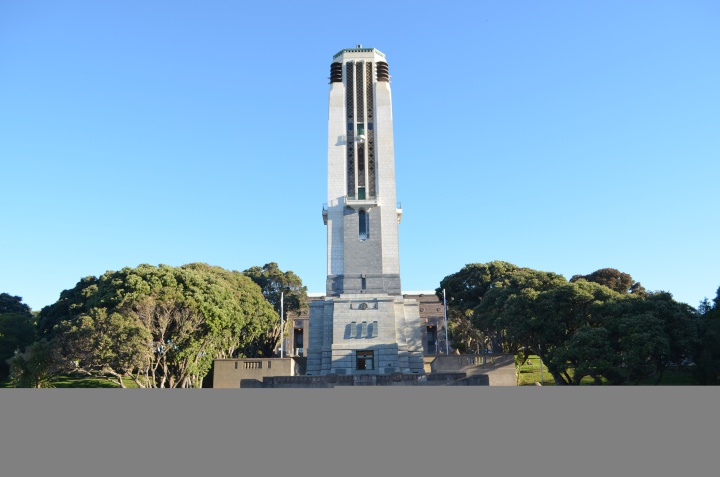National War Memorial Proposed As A National Historic Landmark
Public submissions are sought for the proposed recognition of the National War Memorial as a National Historic Landmark.

NHL Carillion Tomb and Hall of Memories. Credit Heritage New Zealand Pouhere Taonga
The National Historic Landmarks/Ngā Manawhenua o Aotearoa me ōna Kōrero Tūturu programme has been established to better recognise and protect this country’s most outstanding heritage places that are cornerstones of our identity as New Zealanders. The programme was introduced by the Heritage New Zealand Pouhere Taonga Act 2014 to help prioritise the government’s heritage conservation efforts.
“National Historic Landmarks are significant and meaningful places that shape our national identity,” says Heritage New Zealand Pouhere Taonga Chief Executive Andrew Coleman
“They are the places most important to us, places that symbolise what it means to be a New Zealander. Following the inclusion of the Waitangi Treaty Grounds as the first National Historic Landmark, the National War Memorial is a most fitting place to be put forward for inclusion as the second.”
Following the public consultation stage, Heritage New Zealand Pouhere Taonga will formalise their recommendation for inclusion to the Associate Minister for Arts, Culture and Heritage to make the final decision.
“The aim of National Historic Landmarks is to protect those heritage places most important to New Zealanders through long-term risk planning and management, including from natural disaster,” says Mr Coleman. “Our most cherished places are taonga that deserve strategic conservation and enduring protection.”
The National War Memorial represents those who have served and fallen in overseas wars and peacekeeping operations. Set in a landscape of great cultural and historical significance, the Memorial reflects our national identity through its architecture and the events it commemorates.
“The National War Memorial is a special place for New Zealanders and without it we would lose something very important. It is the country’s foremost symbol of national and personal remembrance and reflection, the focal point of generations of memory. This programme identifies those places that we have such a strong association with or connection to,” says Mr Coleman.
The Memorial consists of the Carillon with steps and fountain, completed in 1932; the Hall of Memories, completed in 1964; and the Tomb of the Unknown Warrior, installed in 2004.
The Carillon, featuring the third largest musical instrument of its type in the world, is the centrepiece of the National War Memorial, with its 51-metre-high tower a visible landmark.
Heritage New Zealand is working in partnership with the Ministry for Culture and Heritage Manatū Taonga and other stakeholders to deliver and promote the programme.
Submissions on the National War Memorial proposal close on 1 March 2023. For more information, and to make a submission, please visit www.landmarks.nz


 HELP Auckland: Prima Facie Performance Spotlights Urgent Justice Issues For Survivors During Rape Awareness Week
HELP Auckland: Prima Facie Performance Spotlights Urgent Justice Issues For Survivors During Rape Awareness Week Royal Commission Covid-19 Lessons Learned: COVID-19 Inquiry Receives More Than 31,000 Submissions
Royal Commission Covid-19 Lessons Learned: COVID-19 Inquiry Receives More Than 31,000 Submissions NZ Principals Federation: Principals Welcome Government Teacher Registration Relief
NZ Principals Federation: Principals Welcome Government Teacher Registration Relief Yachting New Zealand: Kiwi Sailor Claims Silver In First Regatta Since Paris 2024
Yachting New Zealand: Kiwi Sailor Claims Silver In First Regatta Since Paris 2024 Royal Commission Covid-19 Lessons Learned: Public Submissions To The COVID-19 Inquiry Close On Sunday 27 April 2025 At Midnight
Royal Commission Covid-19 Lessons Learned: Public Submissions To The COVID-19 Inquiry Close On Sunday 27 April 2025 At Midnight Te Whatu Ora Health New Zealand: Low Risk To Public Health Following Fire At South Taranaki Hotel
Te Whatu Ora Health New Zealand: Low Risk To Public Health Following Fire At South Taranaki Hotel